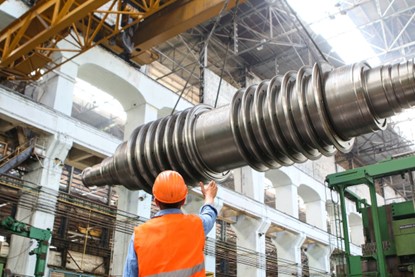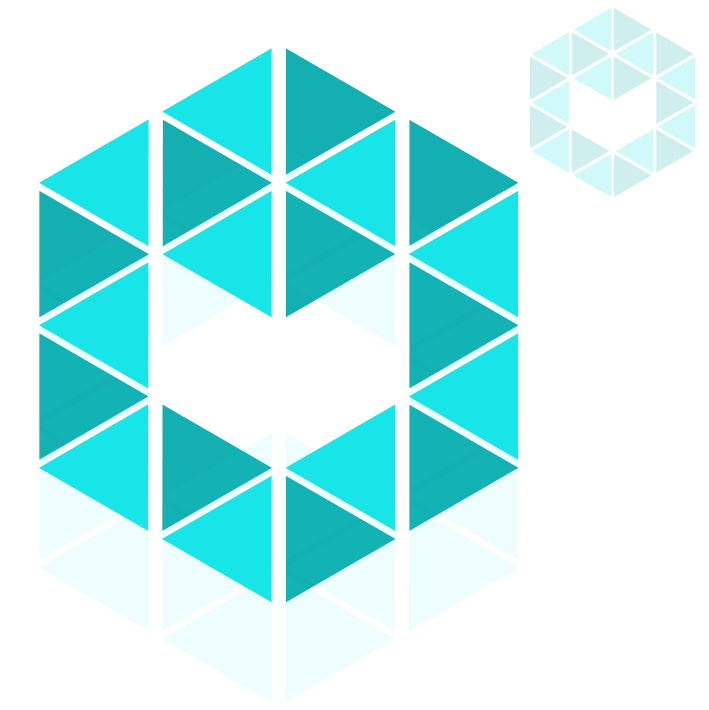
Currently, the industry is going through what is commonly called “The Fourth Industrial Revolution”, also referred to as Industry 4.0. The term Industry 4.0 is defined as a new level of organization and control over the entire value chain of the life cycle of products, and includes devices that can sense and share information, all interconnected over Internet Protocol (IP) networks, commonly known as Internet of Things (IoT), Industrial Internet, Smart Manufacturing and Cloud based Manufacturing. [1]
Industry 4.0 has led to a wide use of sensors and IoT devices, which have facilitated Predictive Maintenance (PdM) operations with the use of real-time detection and prediction algorithms regarding future failures. PdM is a proactive maintenance technique, which uses asset data (real-time and historical) in order to determine whether the asset will fail in the future. It has emerged as a useful tool for reducing equipment downtime and maintenance costs in industrial environments. In industries, equipment maintenance is an important key, and affects the operation time of equipment and its efficiency. PdM uses Machine Learning (ML) algorithms (algorithms that can learn without being explicitly programmed to) and data analysis to predict equipment failures and identify when maintenance is needed before a breakdown occurs, thus enabling companies to significantly cut down on costs and improve the performance of their industrial equipment.
ML models have been widely used in the last few years for various forecasting and predictive tasks in many applications. As a considerable number of research studies have proven, the incorporation of ML techniques not only results in better results but also simplifies the construction process of the data driven PdM system [2]. As [3] shows, ML approaches can handle high dimensional and multivariate data (data with multiple features, where their number is close to or larger than the number of observations) and find hidden patterns within datasets that are produced in complex environments such as industrial facilities. Thus, by utilizing ML approaches in PdM applications, more accurate and robust predictions can be achieved. In [2] a comprehensive survey of the PdM methods applied on industrial equipment is conducted, and among others concluded that both the ML and DL methods of the reviewed literature can remarkably complete the PdM task, achieving prediction accuracy rates as high as 100%, however the performance of these applications depends on the choice of the appropriate ML technique, as well as on the available training data [3].
The following brief literature review is focused on the application of PdM, with an emphasis on recent ML methods applied in industrial environments. Μany of these studies make use of a combination of models and methods, usually including a subfield of ML called Deep Learning (DL) where Artificial Neural Networks (ANN) with multiple computational layers are being used.
In one study [4], ML techniques were used to detect anomalies in hot stamping machines. As is often the case when PdM is applied in real industrial environments, the collected dataset lacked failure data and all the data were unlabeled. From the algorithms tested, the AutoEncoder (AE), a certain type of unsupervised DL architecture outperformed the rest, achieving the least false-positive instances. The results show the potential of ML and DL in the field of PdM especially when fault characteristics are unknown.
In another study [5], a combination of a Generative Adversarial Network (GAN) architecture with what was proposed as a Gated Recurrent Unit for data Imputation (GRUI) cell, was presented, achieving state of the art results using different data imputation benchmark datasets for evaluation.
Another important research on unsupervised ML methods for PdM was presented by [6]. The proposed model is an AE that uses a Convolutional Neural Network (CNN) and Long Short-Term Memory (LSTM) neurons, while the input consisted of the correlation of the sensor signals.
Furthermore, a transfer learning framework inspired by U-Net was proposed in [7]. A deep CNN for time series anomaly detection was built, which achieved satisfactory results. As the No Free Lunch Theorem (NFST) states, there is no single best algorithm for predictive modelling problems, but these studies highlight the potential of ML and DL techniques for PdM, even when faced with challenges such as the lack of labeled failure data and unknown fault characteristics.
In conclusion, PdM is an important tool that enables industries to improve equipment uptime, reduce maintenance costs, and increase safety. By using advanced data analytics and forecasting techniques, such as statistical models and ML, PdM can accurately predict when equipment failures are likely to happen and prevent costly unplanned downtime. In the TERMINET project, PdM methods are implemented in industrial environments such as in Public Power Corporation’s (PPC) industrial facilities, where Remote Terminal Units (RTUs) and Small Form-factor Pluggables (SFPs) are monitored by TERMINET, in order to alert the end-user for possible failures that need attention.
As we move towards Industry 4.0, solutions like the ones proposed in TERMINET are becoming increasingly important to stay competitive and remain at the forefront of innovation. It is noteworthy that by implementing and adopting PdM technologies, businesses can not only improve their operations but also better prepare for the future by taking advantage of emerging technologies and staying ahead of the curve.
References
[1] S. Vaidya, P. Ambad, and S. Bhosle, ‘Industry 4.0 – A Glimpse’, Procedia Manufacturing, vol. 20, pp. 233–238, 2018.
[2] W. Zhang, D. Yang and H. Wang, “Data-Driven Methods for Predictive Maintenance of Industrial Equipment: A Survey,” in IEEE Systems Journal, vol. 13, no. 3, pp. 2213-2227, Sept. 2019, doi: 10.1109/JSYST.2019.2905565.
[3] T. Wuest, D. Weimer, C. Irgens, and K.-D. Thoben, ‘Machine learning in manufacturing: advantages, challenges, and applications’, Production & Manufacturing Research, vol. 4, no. 1, pp. 23–45, 2016.
[4] E. Lejon, P. Kyösti, and J. Lindström, ‘Machine learning for detection of anomalies in press-hardening: Selection of efficient methods’, Procedia CIRP, vol. 72, pp. 1079–1083, 2018.
[5] Y. Luo, X. Cai, Y. Zhang, J. Xu, and Y. Xiaojie, ‘Multivariate Time Series Imputation with Generative Adversarial Networks’, in Advances in Neural Information Processing Systems, 2018, vol. 31.
[6] C. Zhang et al., ‘A Deep Neural Network for Unsupervised Anomaly Detection and Diagnosis in Multivariate Time Series Data’, arXiv [cs.LG]. 2018.
[7] T. Wen and R. Keyes, ‘Time Series Anomaly Detection Using Convolutional Neural Networks and Transfer Learning’, arXiv [cs.LG]. 2019.
